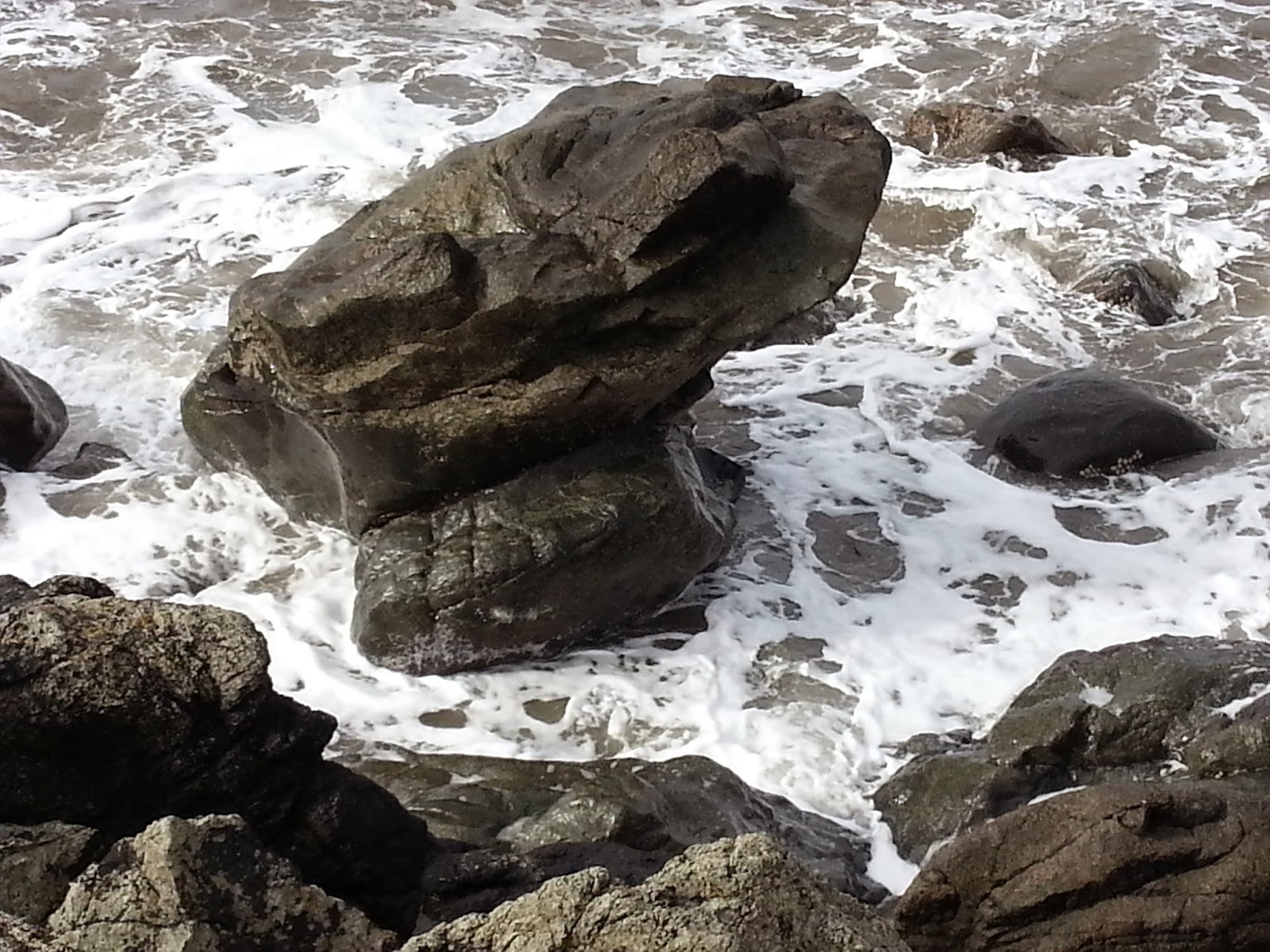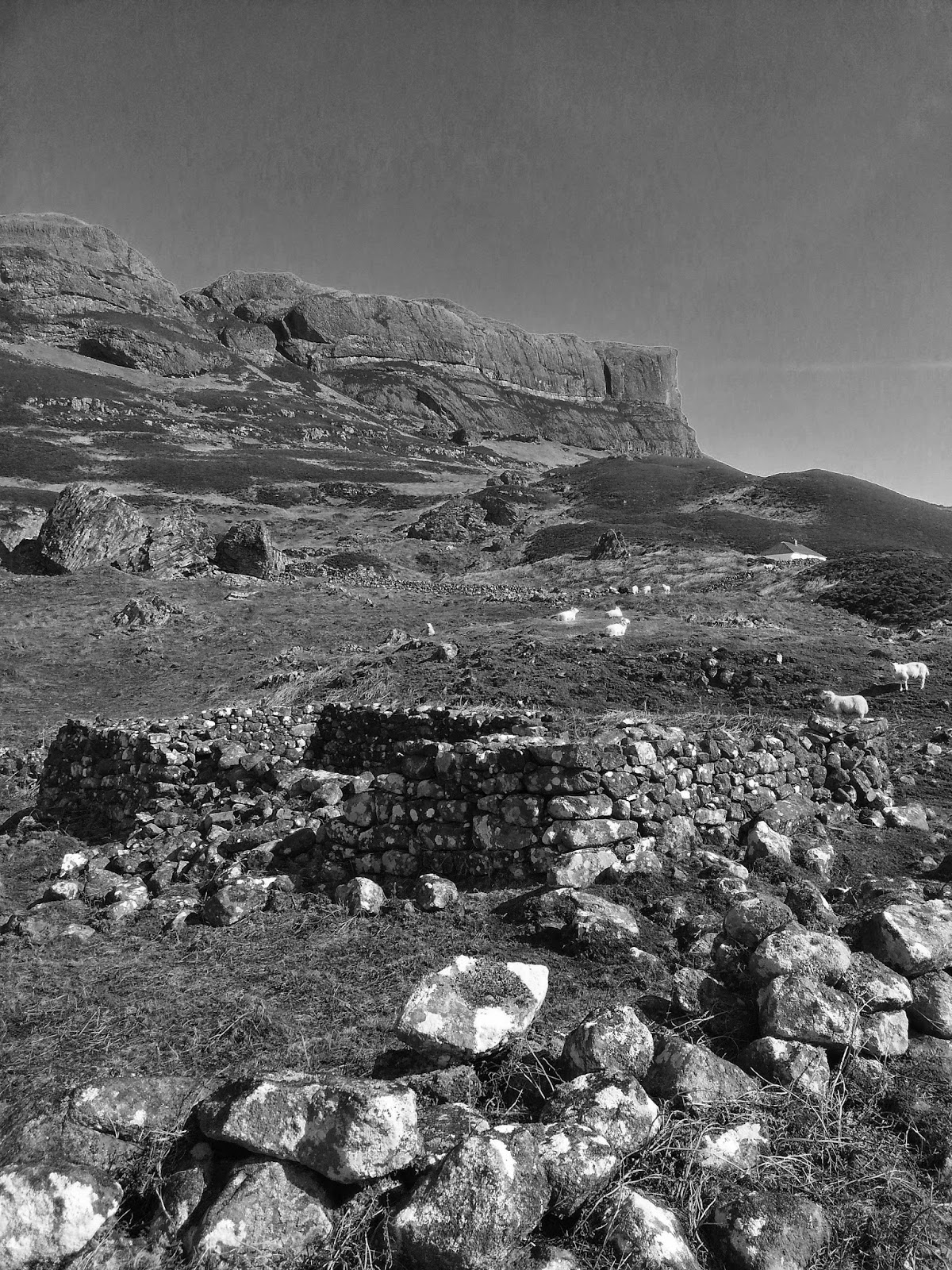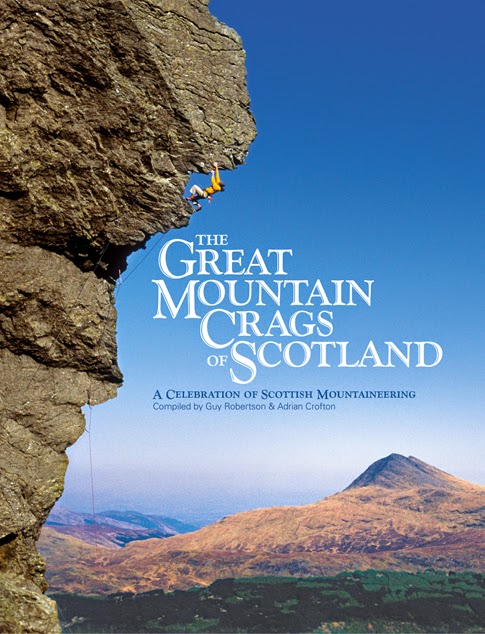Bouldering rampage Scotland-style
I hate the term 'rampage', as though boulderers are locusts devouring some resource and moving on, it's an awful term and I'll talk about it in another post, but it's maybe an apt term to explain the pent-up energy released when weather and new blocs coincide in Scotland. Cabin-fever can lead to a frenzy of sudden activity after the long winter months, on boulders so good they crave movement and release themselves.
We've had a good spell of weather recently (now over!) and the usually dank blocs have dried out. I won't release any location details out of respect for the hard-working and civic-minded pioneers, but the Highlands in particular have always held project stones generally ignored by the global bouldering community, maybe they have good reason. If they want 8c's and 9a's, they are here for the taking, though we're hoping some home-grown talent finds a way to move Scotland onto new levels. After all, this is the home of Malc Smith and Dave MacLeod, amongst others, who have somehow found international levels of strength and grace on rock, despite the weather!
Here are a few tasters of Scottish bouldering stones currently in development, if you do stumble on stones with chalk and cleaning marks, please respect the projects, though it's unlikely you'll find these stones without a highly developed radar which only kicks in when you've lived in Scotland for a while ... or you have something to trade!
We've had a good spell of weather recently (now over!) and the usually dank blocs have dried out. I won't release any location details out of respect for the hard-working and civic-minded pioneers, but the Highlands in particular have always held project stones generally ignored by the global bouldering community, maybe they have good reason. If they want 8c's and 9a's, they are here for the taking, though we're hoping some home-grown talent finds a way to move Scotland onto new levels. After all, this is the home of Malc Smith and Dave MacLeod, amongst others, who have somehow found international levels of strength and grace on rock, despite the weather!
Here are a few tasters of Scottish bouldering stones currently in development, if you do stumble on stones with chalk and cleaning marks, please respect the projects, though it's unlikely you'll find these stones without a highly developed radar which only kicks in when you've lived in Scotland for a while ... or you have something to trade!
Hige Girvan bloc awaiting a low tide...'USS Enterprise'
New Traverse from Pierre Fuentes at Agassiz Rock 7b+
Pierre's new traverse at Salisbury - 7a
This giant arete sits in someone's garden unfortunately...
Loch Lomond giant awaiting someone strong...
Giant roof with a possible 9a for someone who likes huge spans...Pierre Philosophale but harder
Colin Lambton on the Aberfoyle project bloc, coming soon...
Dan Varian near Strontian...on the project bloc
Tom Charles-Edwards on his Arran project
One of the giant blocs at 'Mini Magic Wood', details from Alex Gorham forthcoming
Glasgow sandstone bloc topo to be released soon...












